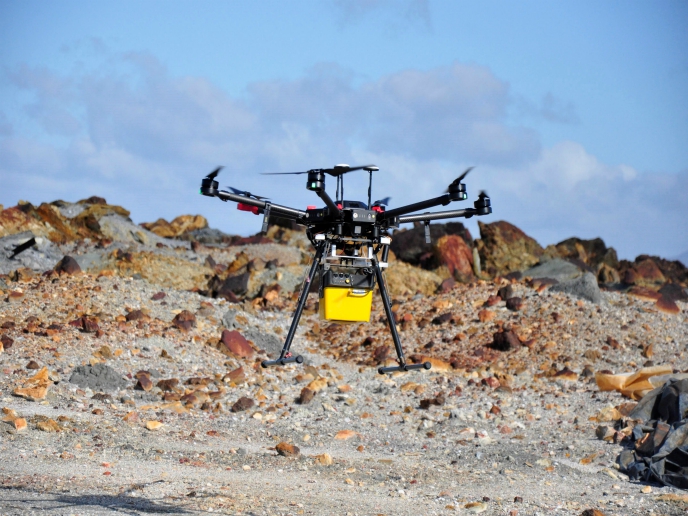Elusive scandium awaits in industrial by-products
Owing to its scarcity and limited production, scandium is currently one of the costliest elements on the market. This soft, silvery transition metal has been used for decades to create high-intensity lighting solid oxide fuel cells, as well as Al–Sc alloys used in high-end sporting equipment and 3D printing applications. However, scandium supply has been limited to imports from Asia and Russia.
Turning industrial waste into treasure
The EU-funded SCALE project is taking the first steps to establishing a closed supply chain for scandium in Europe. The use of industrial by-products, which now are mostly disposed and stockpiled, contributes to the circular economy approach adopted by the EU. “Bauxite residues from alumina production and acid waste from titanium dioxide pigment production contain trace amounts of scandium that could be exploited with a viable extraction technology,” notes Efthymios Balomenos, senior consultant at Greece-based energy & aluminium company MYTILINEOS and project coordinator. These mineral concentrates are then processed with advanced refining technologies to produce pure scandium compounds. The pure scandium compounds are used, in turn, as feedstock for producing aluminium–scandium master alloys. SCALE has been developing breakthrough technologies to overcome both metal extraction and production barriers. It has also been optimising refining technologies to decrease the processing costs and eliminate the use of harmful reagents. So far, significant progress has been achieved in the pilot-scale extraction of scandium from bauxite residue and acid waste from TiO2 production. Using 10 tonnes of bauxite residue and 2 m3 of acid waste, researchers obtained scandium concentrates with scandium content up to 25 wt %. A novel scandium refining flowsheet has also been developed, allowing efficient and flexible scandium(III) oxide (Sc2O3) and scandium(III) fluoride (ScF3) production, circumventing the use of commonly used hazardous chemicals like hydrogen fluoride gas. Furthermore, researchers trialled the production of high-performance aluminium–scandium master alloys in a pilot plant. Through the aluminothermic reduction of ScF3 or the molten salt co-electrolysis of aluminium and Sc2O3, they eliminated the need for metallic calcium, a highly expensive and difficult to produce reagent. The work conducted in SCALE will continue in two follow-up projects under EIT RawMaterials, that are likely to bring about the creation of a supply chain for scandium in Europe. The first one aims to create a scandium refinery process obtaining acid waste as primary feedstock and Sc2O3 as a product. The second one will focus on further optimising and scaling up scandium extraction from bauxite residue.
Tapping into the potential of aluminium–scandium alloys
Aluminium–scandium alloys represent a new generation of high-performance alloys with superior properties compared to all other aluminium alloys. Small amounts of scandium enhance the metal strength, corrosion resistance, grain size and recrystallisation resistance. Importantly, the element provides the highest increment of tensile strength per atomic percentage than any other alloying element when added to aluminium. “Aircraft manufacturers, for instance, could use it to build planes that have lighter aluminium framing and burn less fuel,” notes Balomenos. “Scandium use in bicycle frames has demonstrated a 12 % reduction in weight, a 50 % increase in yield strength and a 25 % improvement in fatigue life compared to the best-selling aluminium bicycle frames.”
Keywords
SCALE, scandium, bauxite residue, acid waste, Sc2O3, aluminium–scandium master alloy, ScF3, bauxite residue, MYTILINEOS







